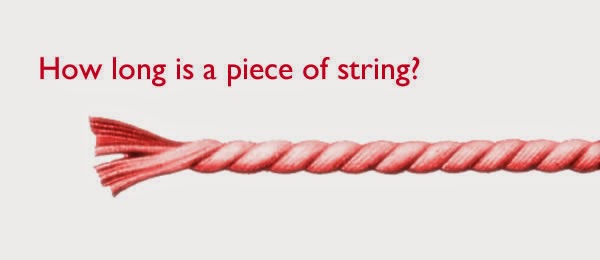and i did state that i understand there are pros and cons of each.
which which mic, will have its pros outweigh the cons more than the other??
If you knew the pros and cons of each, you could answer that question yourself.
It obviously depends on each situation. It's like asking which prime lens is best for filming, and that all depends on what you're filming, what size camera sensor you have, where you're filming, etc. If you're shooting a underwater, that kind of makes a difference to the answer.
Similarly, mics depend on what you're doing. If you had actually committed, and told us what you are primarily shooting, that would've been a hint. But there are thousands of brands and dozens of types of mics out there. Why is that? Why isn't there just one really good type? The answer is obviously because different types perform differently.
So, without further information, your question is meaningless, and it's like asking "How long is a piece of string?"
Edit: I needed to do some indoor shooting, and bought a fairly cheap hyper which works pretty well for indoors. It almost works outdoors, but isn't as good as a shotgun + lav outdoors, and isn't as good for interviews. I also have a nice dynamic mic for hand-held interviews, but it's shit for booming or planting. But great for karaoke.
Edit 2: Ah, it appears you are acknowledging there must be pros and cons, but don't know them yourself.
In a nutshell, and I'm sure a pro audio guy here will correct me where I'm wrong ....
Shotguns are good for separating an actor from the environment, without losing the environment. They work great outdoors where there's often a lot of extra noise. They work very well with the camera, as a wider angle will capture more environment (which you probably want), and a tight closeup allows you to place the mic much closer and isolate the actor much better (which you will also probably want on closeups).
Lavs deliver very good speech if placed correctly. They can be difficult to place correctly. They do not have much environment, or else they have too much environment since they're usually omnis. They can also be "planted" on objects, such as inside a car or on a desk, to give a very consistent sound when there's a lot of dialog in that area. These can be combined with booming to give multiple sources that are mixed into a final.
Hyper cardioid mics pick up a lot more environment but are still quite directional. They work well indoors, and when you can get reasonably close to the actor, without making the actor too isolated, and not causing some strange effects to the room tone due to echos cancelling when using a shotgun indoors every time you turn it slightly.
Cardiods are somewhat directional, and are good for plants and close interviews of multiple people in a mostly quiet setting, especially when combined with lavs. Also good for hand-held.
 !!
!! !!
!!

